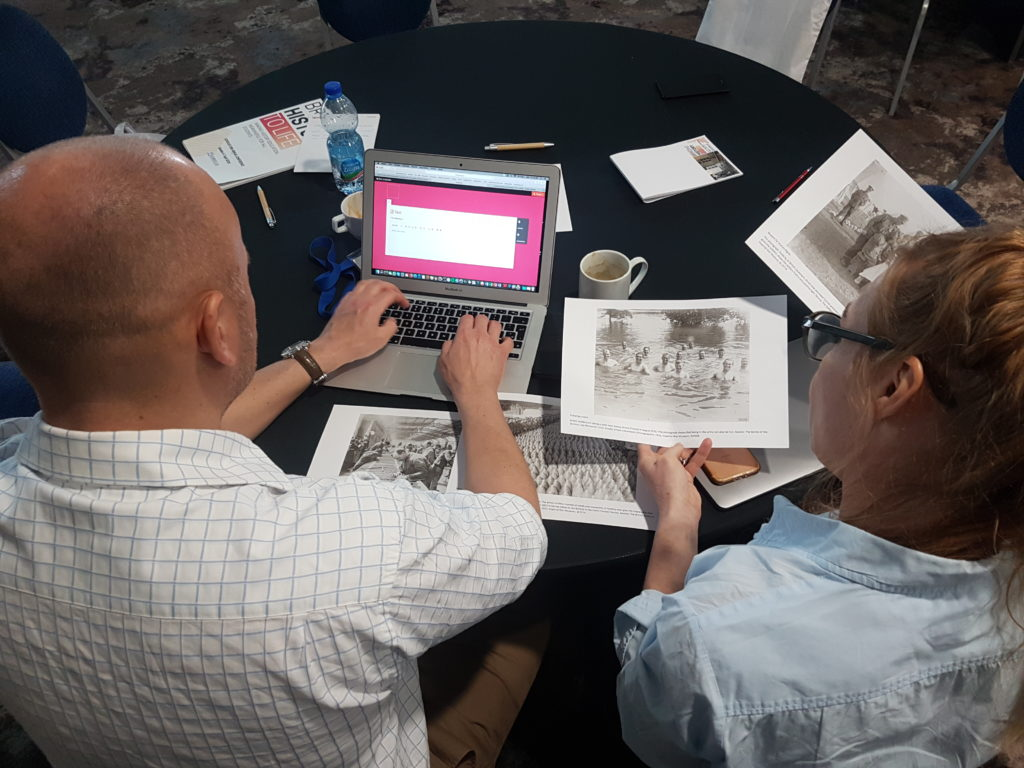Can you tell us a bit about yourself?
I am a History teacher from Sydney, Australia and have been teaching in secondary schools since 2012. I am currently teaching at the International School of Paris while also completing a Masters in ‘History Today’ through the University of Groningen in the Netherlands. I am presently a History Teacher in Residence at EUROCLIO where my responsibilities have been focused on the development of the Historiana platform, including: offering teacher training workshops, creating new source collections and building eLearning activities to accompany these.
What is the impact of your work using digital cultural heritage in learning materials?
I think that it is through the teacher training workshops that I have best been able to see the valuable impacts of my work as this is when I have received direct feedback from my teaching colleagues. The responses of teachers in workshops and webinars have been very positive, particularly about the usefulness of the resources discussed. I believe that teachers are very keen to engage with digital cultural heritage but often don’t know where to find relevant, quality resources. Providing teachers with information about Europeana Collections, Historiana and examples of eLearning Activities that they can use in their classrooms seems to be of great value to them. In particular, teachers often comment about the quality of the Historiana source collections which are designed with the needs of educators in mind. I also find the eLearning Activities to be valuable as ready-to-use but also adaptable activities designed to promote the development of students’ historical thinking skills while engaging with a variety of digital cultural heritage sources.




